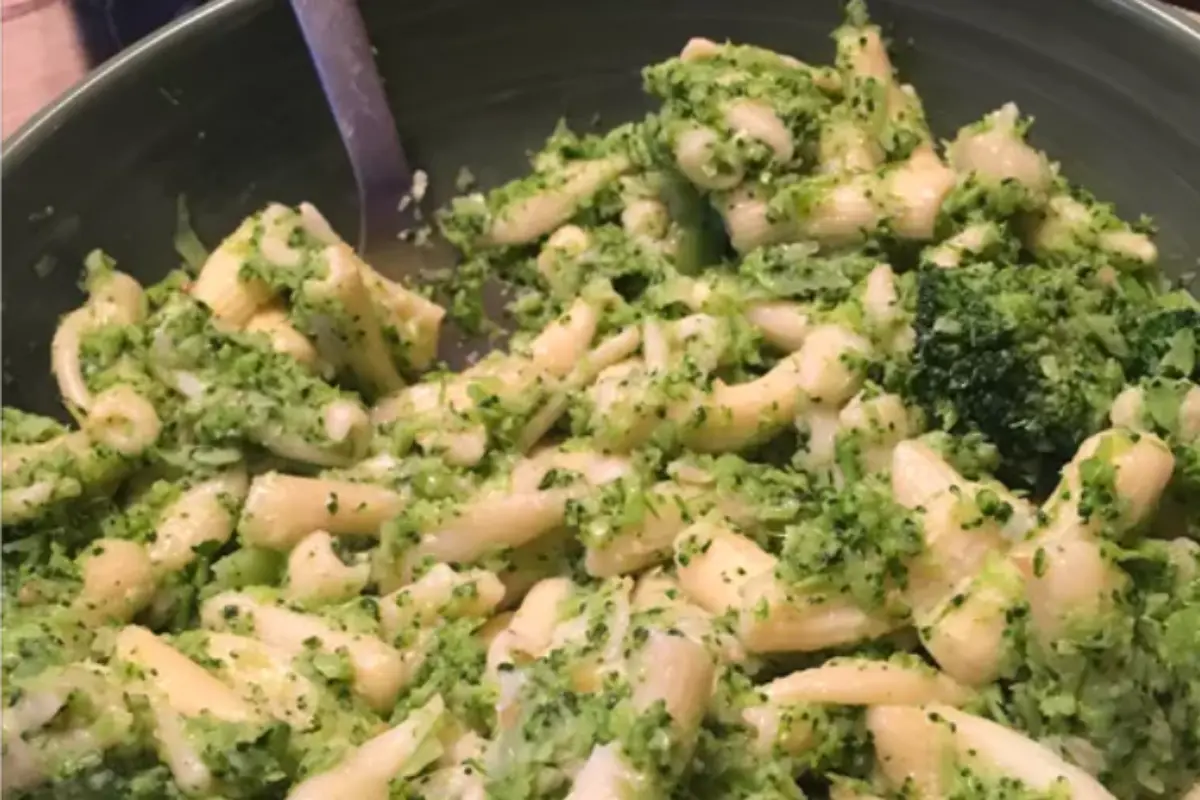In the delightful world of pasta, cavatelli holds a special place with its distinctive shape and texture. But how long should you cook fresh cavatelli to achieve that perfect bite? This guide will explore not just the cooking times but also the best practices to prepare and serve this traditional Italian pasta. From dough preparation to sauce pairings, you’ll discover everything you need to master fresh cavatelli, making your next pasta meal unforgettable.
Part 1: Introduction to Cavatelli
What is Cavatelli?
Cavatelli are small, shell-like pasta shapes that hail from the southern regions of Italy. Made from a simple mixture of flour and water, they are beloved for their ability to hold rich, hearty sauces. Unlike other pasta, cavatelli is eggless, which gives it a firmer texture and a delightful chew when cooked properly.
The Uniqueness of Fresh Cavatelli
Fresh cavatelli, compared to its dried counterparts, offers a unique culinary experience. The freshness of the dough contributes to a more tender bite, making it a favorite for both home cooks and chefs alike. Moreover, shaping cavatelli by hand can turn pasta-making into a truly personal and rewarding kitchen adventure.
In the following sections, we will delve deeper into the intricacies of making cavatelli from scratch, how to perfectly cook it, and the best ways to serve it to enhance its flavors. Stay tuned as we uncover the secrets to perfecting this classic pasta dish.
Part 2: Preparation and Cooking
Ingredients Needed
To start your cavatelli-making journey, you’ll need very few ingredients, making it a wonderfully simple dish. Essential to the process is semolina flour, known for its coarseness and ability to make the dough firm yet pliable. Warm water acts as the binding agent, and together, these ingredients form the backbone of traditional cavatelli.
Making the Cavatelli Dough
Begin by placing your semolina flour on a clean surface or in a large bowl. Make a well in the center and gradually add warm water. Using a fork, incorporate the flour into the water until a rough dough forms. Then, knead this mixture by hand for about 10 minutes. You’re aiming for a smooth and elastic texture. After kneading, let the dough rest covered with a cloth for at least 30 minutes. This resting period is crucial as it allows the gluten to relax, making the dough easier to shape later on. For a deeper understanding of how different flours impact pasta texture, consider reading “Traditional and Non-Conventional Pasta-Making Processes” which provides insights into various flour types and their effects on pasta quality.
Shaping Cavatelli
Once rested, divide the dough into smaller portions. Roll each portion into a long rope, about half an inch thick. Cut these ropes into small pieces, then using the edge of a knife or your fingers, press and roll each piece to form the classic cavatelli shape. This method not only creates the hollow that catches the sauce but also gives cavatelli its characteristic texture.
How Long to Cook Fresh Cavatelli
Finally, the crucial question: how long to cook fresh cavatelli? The answer varies slightly based on size and thickness, but generally, fresh cavatelli should be cooked in a large pot of salted boiling water for about 2-3 minutes. They’re done when they float to the surface, indicating they are perfectly al dente. Quick and easy, isn’t it? For more on the science behind the perfect pasta cooking techniques, explore “Scientists go on a quest for the ‘right’ way to cook pasta” featured in National Geographic.
Now that you’ve mastered the preparation and cooking of fresh cavatelli, let’s explore how best to serve them, ensuring every bite is as delightful as intended.

